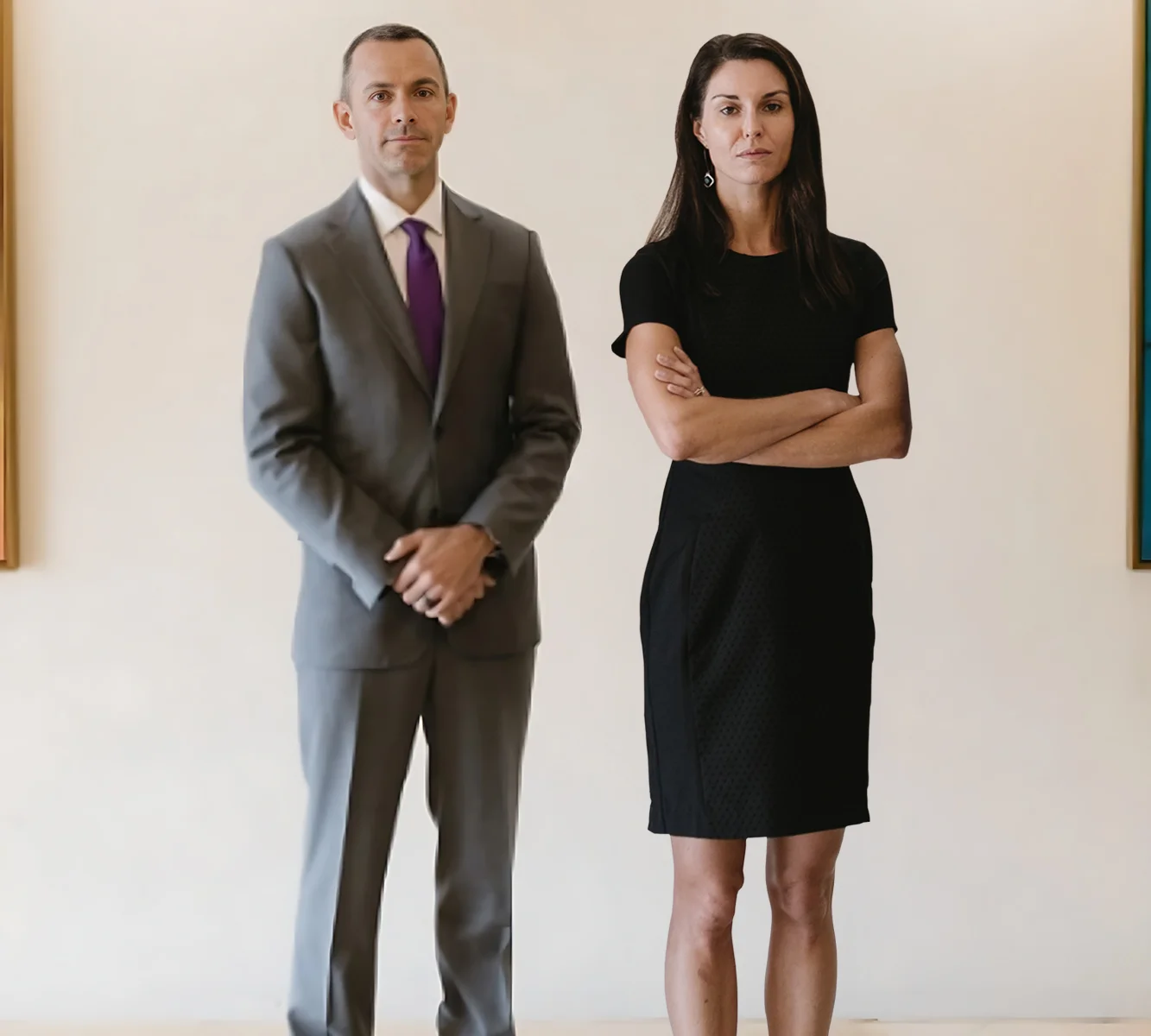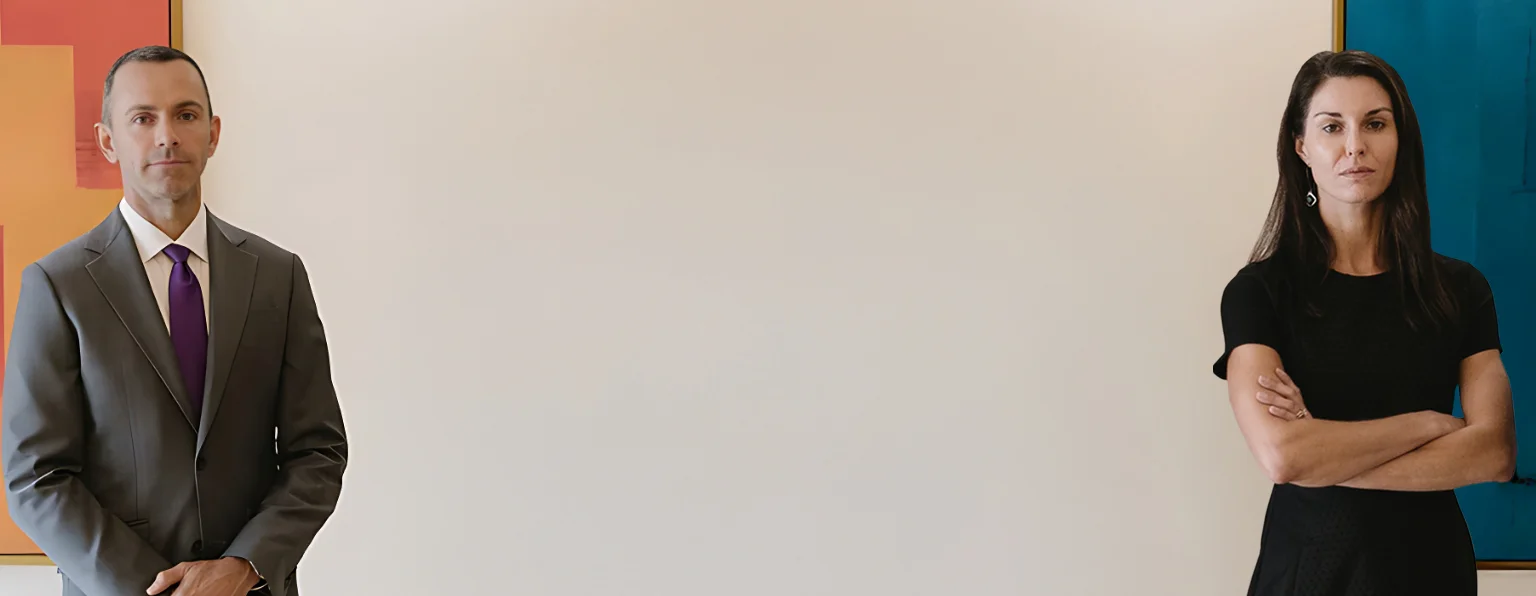Rooms for Improvement: Florida Hotel Liability for Guest Injuries
There are nearly a half a million hotel rooms in Florida available to accommodate the hundreds of millions of out-of-state visitors welcomed to the Sunshine State each year. With an average occupancy rate of 70% and daily cost-per-room at around $138, hotel owners earn a pretty penny for their presence. Along with that prosperity…




